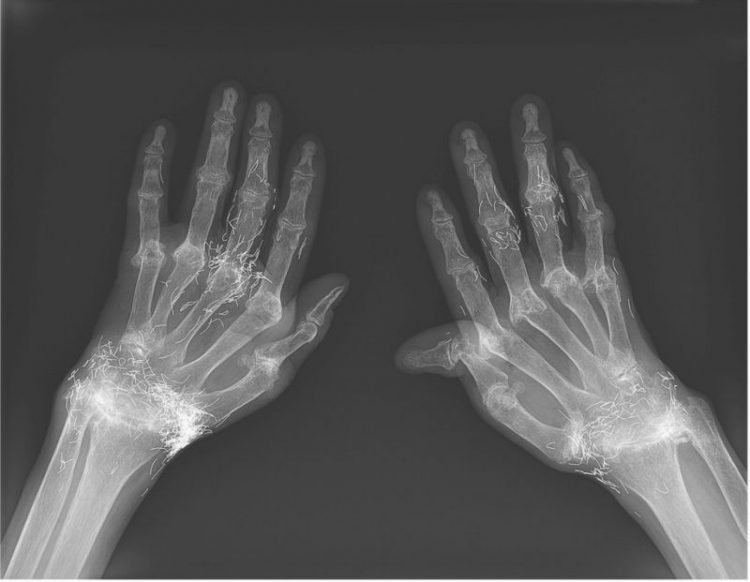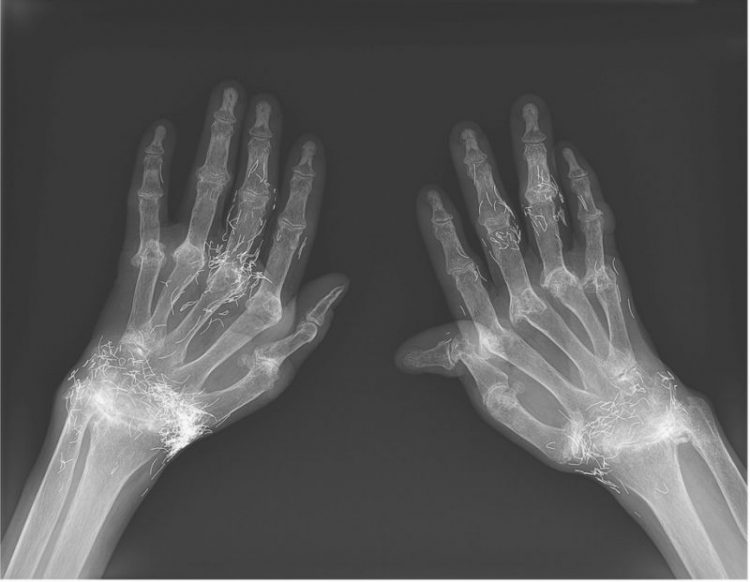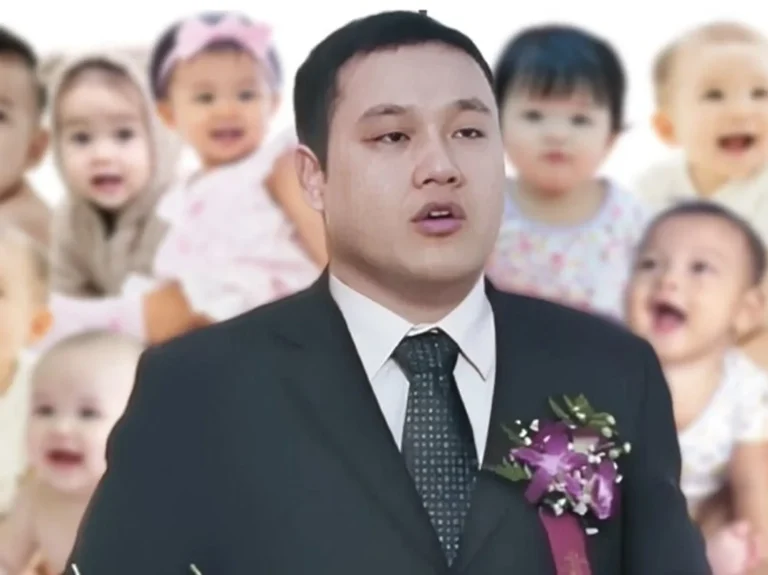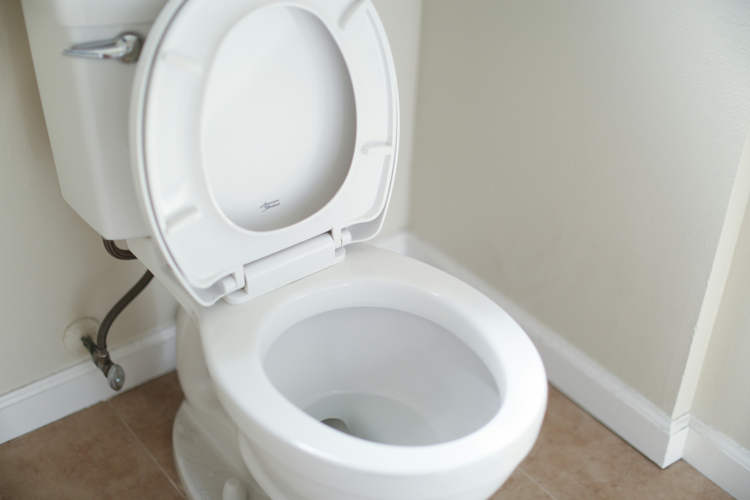From actual snake oil to music therapy, over the years humanity has come up with all sort of bizarre treatments for chronic pain. One of the strangest ones you might have never heard of before is gold thread acupuncture, where tiny gold threads are implanted in the human body.
Gold thread acupuncture has long been used in Asian countries to treat various types of pain. The procedure is usually performed by a person with no medical training and involves the permanent implantation of tiny threads of gold in painful areas of the body, using acupuncture needles. Apparently, the insertion of these sterile pieces of gold is believed to result in continuous stimulation inside the body, and pain relief. There is no evidence that this alternative pain relief treatment actually works, but doctors have reported several complications related to the procedure.

Photo: Dr Young-Bin Joo and Dr Kyung-Su Park/New England Journal of Medicine
In a case study published in The American Journal of Medical Sciences, doctors Jaeyoung Cho and Young Sik Park from the Seoul National University Hospital presented the case of a 39-year-old Korean woman who had turned to gold thread acupuncture to treat her headaches. In this particular case, no complications related to the dozens of gold threads embedded in the woman’s head were reported, but the two doctors did mention other cases where symptoms like local inflammation and the formation of granulomas.
The migration and fragmentation of gold threads inside the body of the patient are both possible over long periods of time, which can result in intense pain. Because this procedure involves the implantation of dozens, sometimes hundreds of tiny gold threads, the removal of all the inserted material is virtually impossible and may cause severe pain.
Gold thread accupuncure is used as an alternative treatment for various types of pain, from joint pain caused by rheumatoid arthritis, to headaches and back pain. In a case documented in the journal Neurology, a 73-year-old woman relied on the procedure to deal with facial spasms.
Sources: The American Journal of Medical Sciences, Neurology, The New England Journal of Medicine













